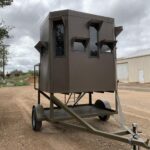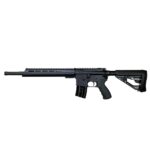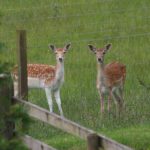Best time to get in the deer stand – Getting in the deer stand at the right time can make all the difference in your hunting success. Whether you’re a seasoned pro or a first-timer, understanding the best time to hunt deer can help you maximize your chances of bagging a buck.
So, grab a cup of coffee and let’s dive into the optimal times to hit the woods.
Factors like weather conditions, moon phase, and deer behavior all play a role in determining the best time to hunt. We’ll explore these factors in detail and provide tips on how to use them to your advantage. Plus, we’ll cover hunting techniques for different times of day and discuss the importance of understanding deer movement patterns.
By the end, you’ll be armed with the knowledge you need to make the most of your next deer hunting adventure.
Best Time to Hunt Deer in Different Regions: Best Time To Get In The Deer Stand
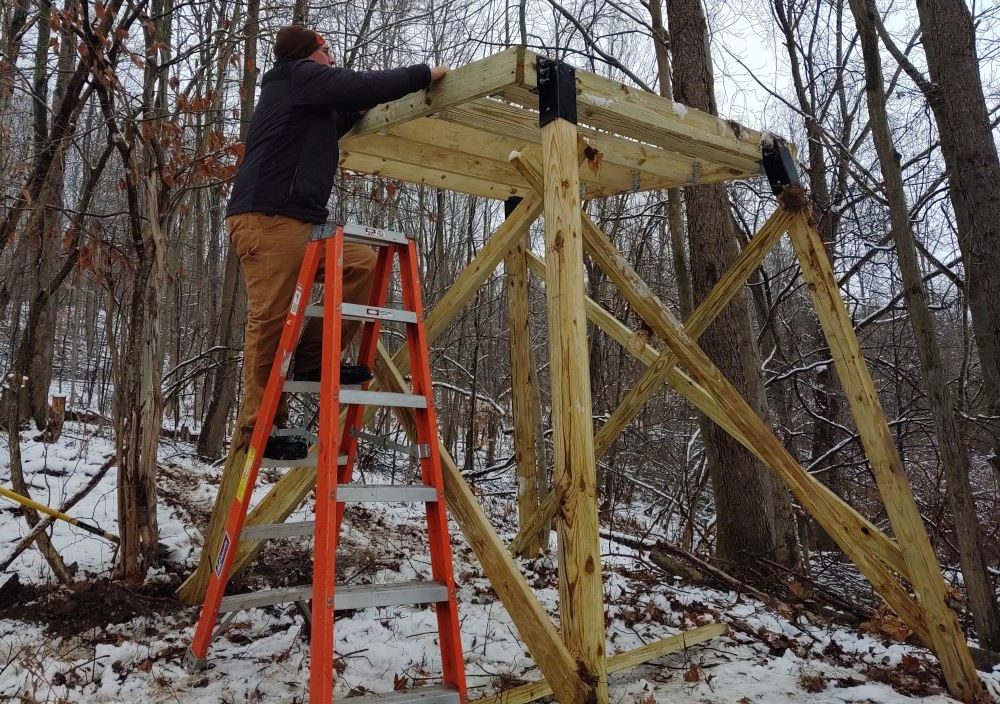
The best time to hunt deer varies depending on the region you’re hunting in. In general, the best time to hunt deer is during the rut, which is when deer are most active and looking for mates. However, the rut occurs at different times in different regions, so it’s important to do some research to find out when the rut is in your area.
In addition to the rut, there are other factors that can affect the best time to hunt deer, such as the weather and the food supply. For example, deer are more likely to be active on days with mild temperatures and low wind speeds.
And deer are more likely to be feeding in areas with plenty of food, such as acorns or soybeans.
Here is a table with the best time of day and best time of year to hunt deer in different regions:
| Region | Best Time of Day | Best Time of Year |
|---|---|---|
| Northeast | Morning and evening | October-November |
| Southeast | Morning and evening | November-December |
| Midwest | Morning and evening | October-November |
| West | Morning and evening | September-October |
These are just general guidelines, and the best time to hunt deer in your area may vary depending on the specific conditions.
Factors Affecting the Best Time to Hunt Deer
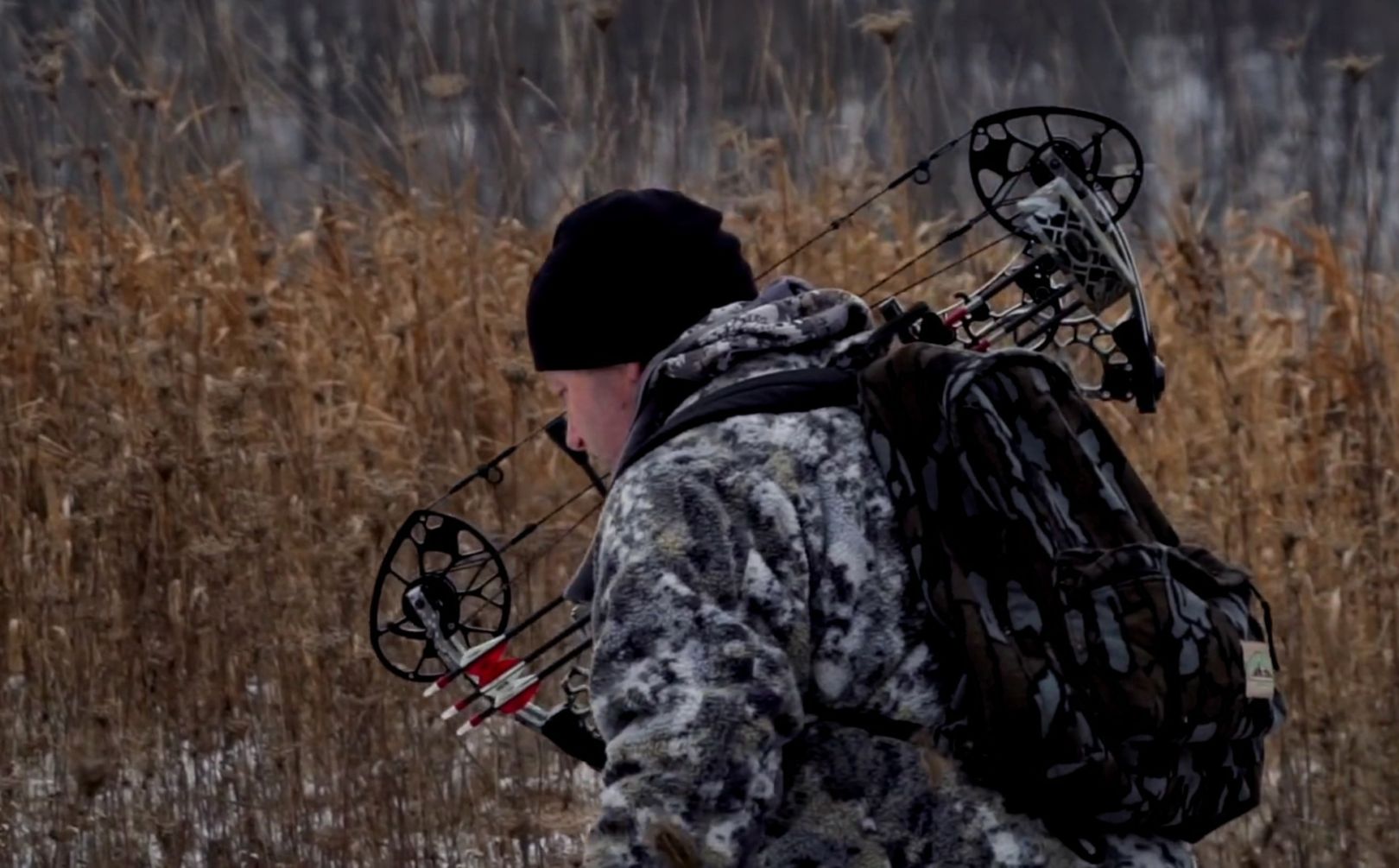
The optimal time to hunt deer is influenced by various factors that affect their behavior and movement patterns. These factors include weather conditions, moon phase, and deer behavior.
Weather Conditions
Deer are highly sensitive to weather conditions. Extreme heat or cold can make them less active and more likely to seek shelter. Wind can also affect their movement, as they tend to avoid areas with strong winds. However, moderate temperatures and light winds can create ideal conditions for hunting deer.
Moon Phase
The moon phase has been a topic of debate among hunters for years. Some believe that deer are more active during certain moon phases, while others argue that it has little impact. Research has shown that deer movement patterns may be influenced by the moon’s illumination.
During the full moon, deer may be more active at night, while during the new moon, they may be more active during the day.
Deer Behavior
Understanding deer behavior is crucial for successful hunting. Deer are typically most active during the early morning and late afternoon hours. They tend to feed in open areas during these times, making them more visible to hunters. During the midday hours, deer often rest in dense cover, making it more challenging to locate them.
By considering these factors and using weather forecasts and moon charts, hunters can increase their chances of success by predicting deer activity and planning their hunts accordingly.
Hunting Techniques for Different Times of Day

Hunting deer at different times of day presents unique challenges and advantages. Understanding the deer’s behavior and activity patterns can significantly improve your hunting success.
Hunting at Dawn
Dawn is a prime time for hunting deer. As the sun rises, deer often leave their bedding areas in search of food and water. They are typically more active and less cautious during this period.
- Pros:Deer are more active and visible at dawn.
- Cons:Hunters may face competition from other hunters, and the lighting conditions can be challenging.
- Tips:Use a treestand or blind to stay concealed. Focus on areas with food sources or water.
Hunting at Midday, Best time to get in the deer stand
Midday hunting can be less productive than other times of day, but it can still be successful. During this time, deer typically seek shelter from the sun and heat.
- Pros:Less competition from other hunters.
- Cons:Deer are less active and more difficult to spot.
- Tips:Hunt near water sources or in areas with dense cover. Use binoculars to scan for deer.
Hunting at Dusk
Dusk is another excellent time to hunt deer. As the sun sets, deer become more active and move to feeding areas. They may also be more vulnerable to hunters.
- Pros:Deer are more active and visible at dusk.
- Cons:Lighting conditions can be challenging.
- Tips:Use a blind or treestand to stay concealed. Focus on areas with food sources or trails.
Deer Behavior and Movement Patterns
Deer are highly adaptable animals that have evolved specific movement patterns to meet their survival needs. Understanding these patterns is crucial for successful deer hunting, as it allows hunters to predict deer movements and position themselves accordingly.
Deer movement patterns vary throughout the day and year, influenced by factors such as feeding, bedding, and breeding. During the day, deer typically spend their time in bedding areas, which provide cover and protection from predators. As the sun sets, deer become more active and move to feeding areas to forage on vegetation.
When it comes to hunting, timing is everything. For deer hunting, the best time to get in the deer stand is during the early morning or late afternoon. This is when deer are most active and likely to be moving around.
If you’re looking for a place to grab a bite to eat before or after your hunt, check out the blue deer menu . They have a great selection of food and drinks, and their prices are reasonable. Plus, they’re located right near the hunting grounds, so you won’t have to travel far.
So, if you’re planning a deer hunting trip, be sure to get in the deer stand early and check out the blue deer menu.
This movement pattern is reversed in the morning, as deer return to their bedding areas before sunrise.
Seasonal Variations
Seasonal changes also impact deer movement patterns. During the spring and summer, deer are more likely to be found in open areas, where they can graze on fresh vegetation. As fall approaches, deer begin to move to areas with more cover, such as forests and thickets.
This shift in movement is driven by the need for protection from the elements and predators.
Bedding, Feeding, and Travel Areas
Understanding the location of deer bedding, feeding, and travel areas is essential for successful hunting. Bedding areas are typically located in dense vegetation, where deer can rest and hide from predators. Feeding areas are often found in open areas, where deer can access vegetation.
Travel areas are the routes that deer use to move between bedding and feeding areas.
By identifying these areas, hunters can increase their chances of encountering deer during hunting trips. Additionally, understanding deer movement patterns can help hunters determine the best time of day and location to set up hunting stands or blinds.
Tips for Maximizing Hunting Success
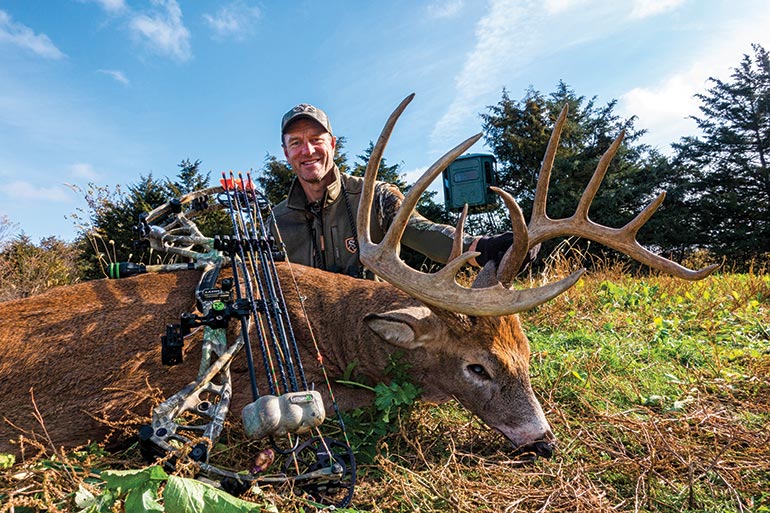
Hunting success is not solely determined by luck; it requires strategic planning and meticulous execution. Maximizing your chances of a successful hunt involves several key factors, including choosing the right location, setting up effective hunting blinds, and implementing proper scent control measures.
Patience, stealth, and precise shot placement are also crucial elements that can significantly enhance your hunting experience.
Choosing the Right Location
The location you choose for hunting can have a profound impact on your success. Consider factors such as the type of deer you’re targeting, their preferred habitat, and the availability of food and water sources. Research the area thoroughly, studying maps and aerial imagery to identify potential hunting spots.
The best time to get in the deer stand varies depending on the species you’re hunting. For example, the blacktail sitka deer are most active in the early morning and late evening, so those are the best times to be in the stand.
The best time to get in the deer stand will also vary depending on the weather and the time of year.
Look for areas with dense vegetation, water sources, and travel corridors where deer are likely to pass through.
Setting Up Hunting Blinds
Hunting blinds provide concealment and allow you to remain undetected by deer. Choose a blind that blends well with the surrounding environment and offers a clear view of your hunting area. Set up the blind in a location that provides cover from the wind and allows you to enter and exit quietly.
Ensure the blind is sturdy and well-maintained to withstand harsh weather conditions.
Scent Control
Deer have an incredibly keen sense of smell, making scent control essential for successful hunting. Avoid using strong scents such as perfumes, colognes, or scented soaps. Wear scent-control clothing and wash your hunting gear with scent-eliminating detergents. Store your gear in airtight containers when not in use to prevent absorbing unwanted odors.
Consider using scent-eliminating sprays or gels to further reduce your scent profile.
Patience, Stealth, and Shot Placement
Patience is paramount in deer hunting. Deer are wary animals, so avoid making sudden movements or noises that could spook them. Stay still and remain concealed, waiting for the right opportunity to take a shot. Stealth is equally important; move quietly and avoid creating any unnecessary noise.
When taking a shot, aim for the vital organs, such as the heart or lungs, to ensure a quick and ethical kill.
Ultimate Conclusion
Remember, hunting is all about patience, stealth, and shot placement. By understanding the best time to get in the deer stand and implementing the tips we’ve discussed, you can increase your chances of success. So, do your research, prepare your gear, and get ready to experience the thrill of the hunt.
Helpful Answers
What’s the best time of day to hunt deer?
The best time of day to hunt deer is typically around dawn and dusk, when deer are most active.
What’s the best time of year to hunt deer?
The best time of year to hunt deer varies depending on the region, but it’s generally during the fall when deer are preparing for winter.
What are some factors that affect the best time to hunt deer?
Factors that affect the best time to hunt deer include weather conditions, moon phase, and deer behavior.
What are some tips for maximizing hunting success?
Tips for maximizing hunting success include choosing the right location, setting up hunting blinds, and using scent control.


